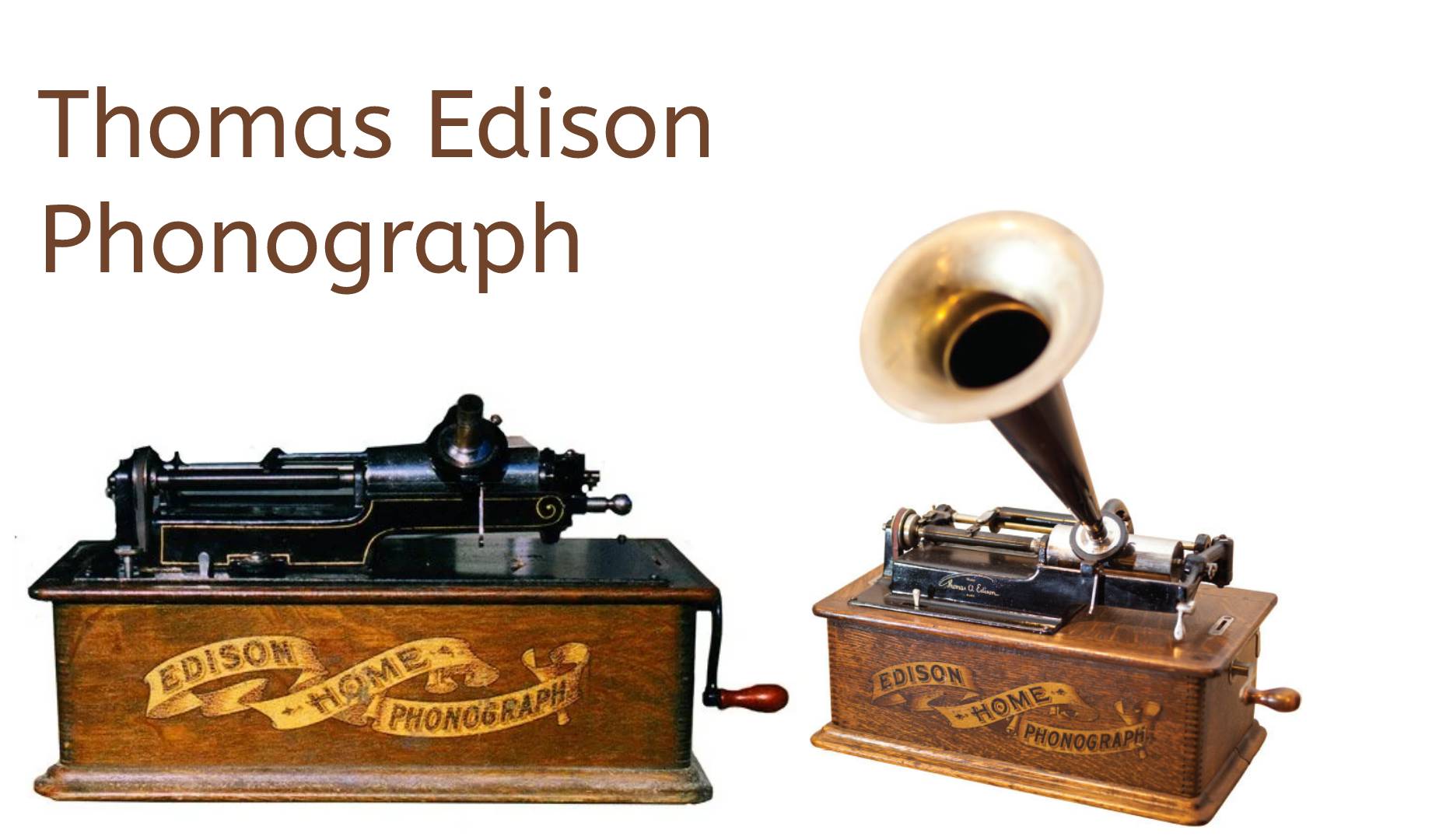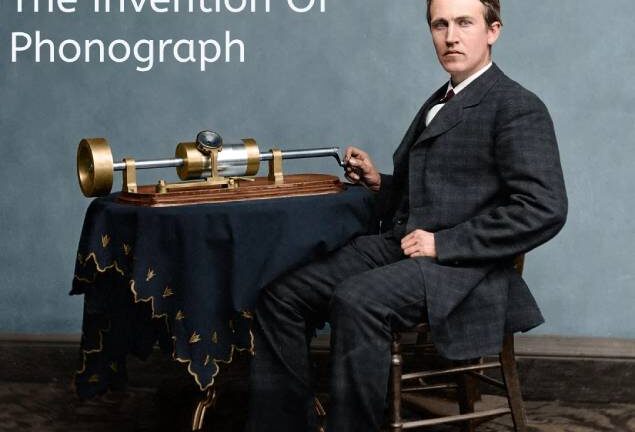Thomas Edison is famous for his amazing inventions, but one of his early interests was the telegraph. This important communication tool shaped Edison’s career and inspired him to create the phonograph, the first machine that could record and play sound. Thomas Edison’s Interest in the Telegraph was The Inspiration for the Phonograph
The Telegraph
In the mid-1800s, the telegraph changed how people talked to each other over long distances. By using electrical signals to send messages in Morse code, it allowed for almost instant communication. Edison became fascinated by this technology and worked as a telegraph operator. This job taught him a lot about how to send and receive messages using electricity.
His experience helped him develop technical skills and sparked his imagination about sound and communication. He saw how the telegraph quickly conveyed information and dreamed of a device that could capture and replay sound—a logical step from written messages.
Thomas Edison Phonograph

In 1877, after many experiments with electrical devices, Edison had a breakthrough. He discovered that sound waves could be recorded as physical marks on a material. Drawing on his telegraph experience, he set out to invent a machine that could record sound. This was how the phonograph came to be.
Edison’s first successful test involved speaking into a device that recorded his voice on a cylinder covered in tin foil. When he said “Mary had a little lamb,” the machine played it back to him, marking a historic moment. This invention started sound recording, changing how people interacted with audio forever.
What Does The Word Phonograph Mean?
The word “phonograph” comes from Greek roots: “phono,” meaning sound, and “graph,” meaning to write. Thus, it literally means “to write sound,” referring to its ability to record and reproduce audio. A phonograph is a device that records and plays back sound. It works by engraving sound waves onto a medium, such as a cylinder or disc, allowing people to listen to music and spoken words.
What Were The First Words Thomas Edison Spoke On The Phonograph?
Thomas Edison’s Fascination with Telephone and Telegraph invention inspired him to develop the phonograph in 1877 The first recorded message was Thomas Edison saying “Mary had a little lamb,” which amazed and thrilled him and his staff when they heard it played back.
The Edison Speaking Phonograph Company
The phonograph opened up new possibilities. It allowed people to listen to music and spoken words just as they were meant to be heard. Edison’s interest in the telegraph led him to create a device that captured human expression, bridging communication and entertainment.
In 1878, he started the Edison Speaking Phonograph Company to sell his invention. While the initial excitement faded, the phonograph set the stage for future advancements in sound technology, including records and modern audio systems.
How Did The Phonograph Impact Society
Thomas Edison’s early interest in the telegraph was crucial in his career and later inventions. The phonograph, inspired by his desire to record sound like the telegraph recorded messages, showcases his innovative spirit. By changing how we experience sound, Edison transformed communication and laid the foundation for the modern music and entertainment industries. His legacy continues to be felt in every note we hear and every word we record.

